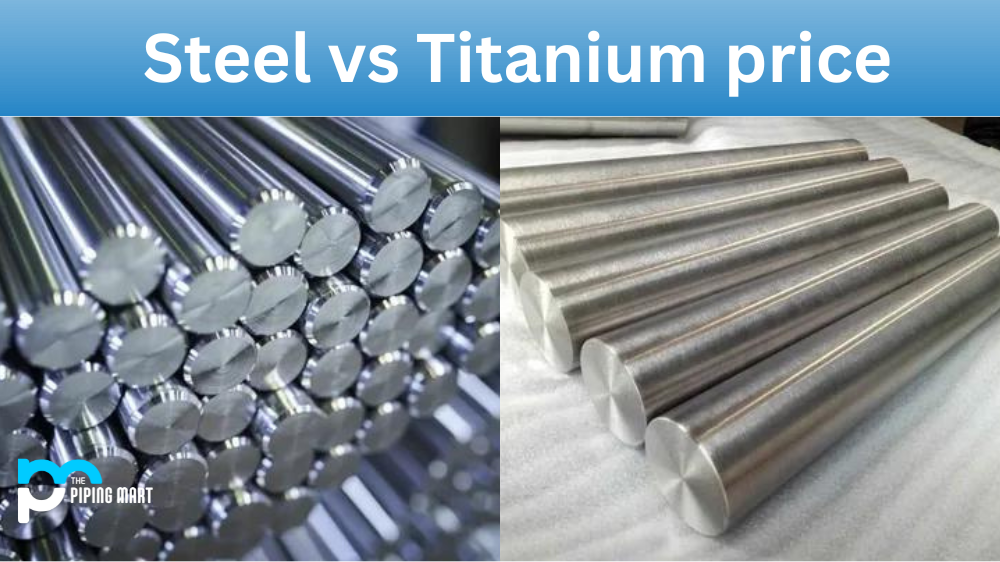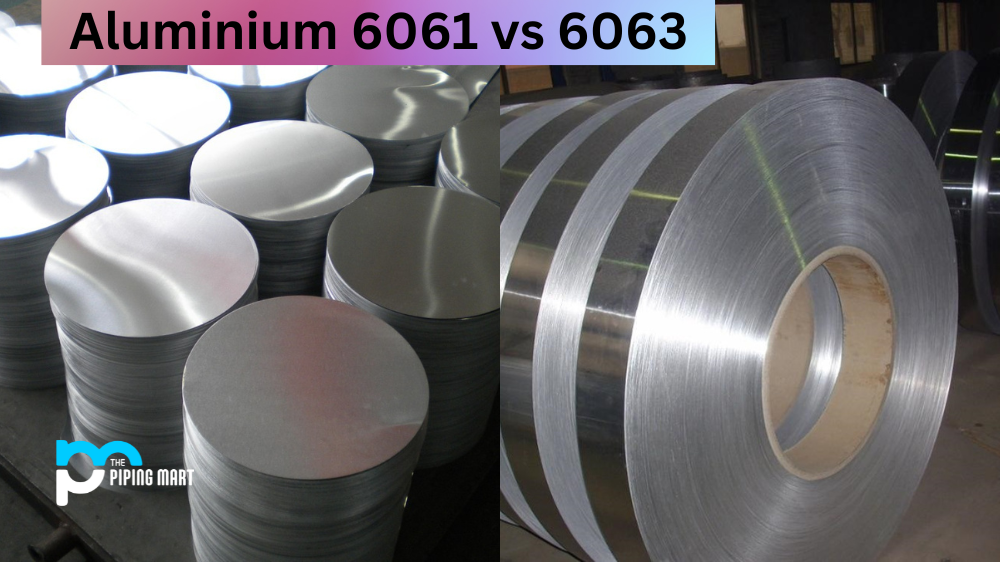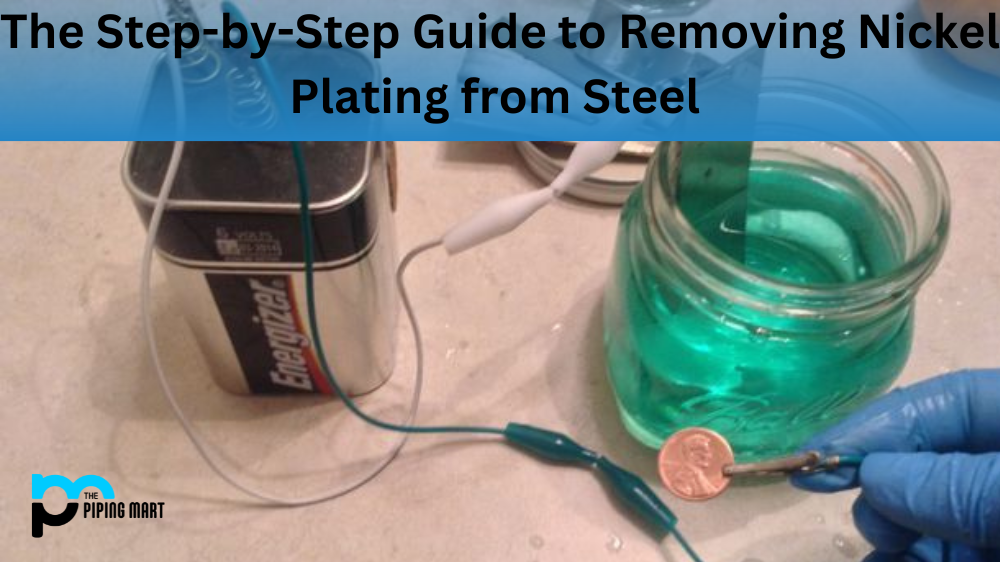Two steel pipe types stand out ERW and spiral weld pipes. Both pipes have their fair share of advantages and disadvantages, and choosing the right one for your project is crucial. This blog post will compare ERW and spiral weld pipes and discuss their pros and cons.
What is ERW Pipes?
Electric resistance welding (ERW) pipes are manufactured by rolling metal and then welding it longitudinally along its length. ERW pipes are typically used to construct piping systems for various industries, such as gas and oil transportation, water supply, and sewage systems. One of the main advantages of ERW pipes is that they are affordable, making them a popular choice for lower-cost projects. Additionally, ERW pipes are easily produced in large quantities and have high dimensional accuracy.
However, ERW pipes have some disadvantages. They tend to have weaker weld seams than spiral weld pipes, making them more brittle and prone to cracking. This makes them less suitable for projects that need extra durability or strength.
What is Spiral Weld Pipes?
Spiral weld pipes, helical submerged arc welding (SAW) pipes, are created by winding a steel strip into a pipe shape and welding it along its length. Spiral weld pipes are used for various applications, including oil and gas transmission, water supply, and piling. One of the main advantages of spiral weld pipes is their strength- they have a stronger weld seam than ERW pipes, making them more durable and resistant to cracking.
Difference Between ERW Pipe and Spiral Weld
However, spiral weld pipes are more expensive to produce than ERW pipes. They also tend to have more variability in the wall thickness, which can result in inconsistencies in the quality of the pipes. This, in turn, affects their suitability for use in specific projects.
History
- The first spiral weld pipe mill was designed and built in 1929 by Hans Goldschmidt.
- Spiral weld pipe mills became popular in the United States in the 1950s due to the introduction of automatic welding systems.
Process
Spiral welded pipe is made by winding a steel strip around a rotating mandrel to form a tube. The strip is then welded along the length of the tube to create a seam.
Advantages
- Spiral welded pipe has several advantages over ERW pipe, including the following:
- Higher strength due to the continuous seam
- Ability to produce pipes with longer lengths and larger diameters
- Lower cost per foot due to the higher yield of the spiral weld process
Disadvantages
- There are also some disadvantages associated with a spiral welded pipe, including:
- Longer lead times required for production
- Limited availability of certain sizes and grades of pipe
- More difficult to inspect and repair due to the continuous seam
Which is Better?
The answer to this question depends on the project in question. ERW pipes are better suited for projects with lower budgets where durability and strength are not top priorities. Spiral weld pipes are ideal for projects that require extra strength and durability, but they come with a higher price tag.
It’s important to note that ERW and spiral weld pipes have good corrosion resistance and can handle high temperatures and pressures. Therefore, the choice between these two types of pipes should be made based on the specifications of the unique project.
Conclusion
In conclusion, the choice between ERW and spiral weld pipes is complex. Each type of pipe has advantages and disadvantages, and the right choice depends on factors such as cost, strength, durability, and suitability for a particular project. As such, it is crucial to understand the specifications of a project before choosing the type of pipe to use to ensure a successful outcome.

Abhishek is a seasoned blogger and industry expert, sharing his insights and knowledge on various topics. With his research, Abhishek offers valuable insights and tips for professionals and enthusiasts. Follow him for expert advice on the latest trends and developments in the metal industry.




